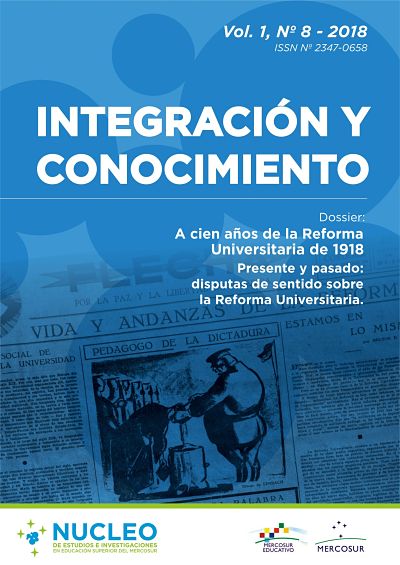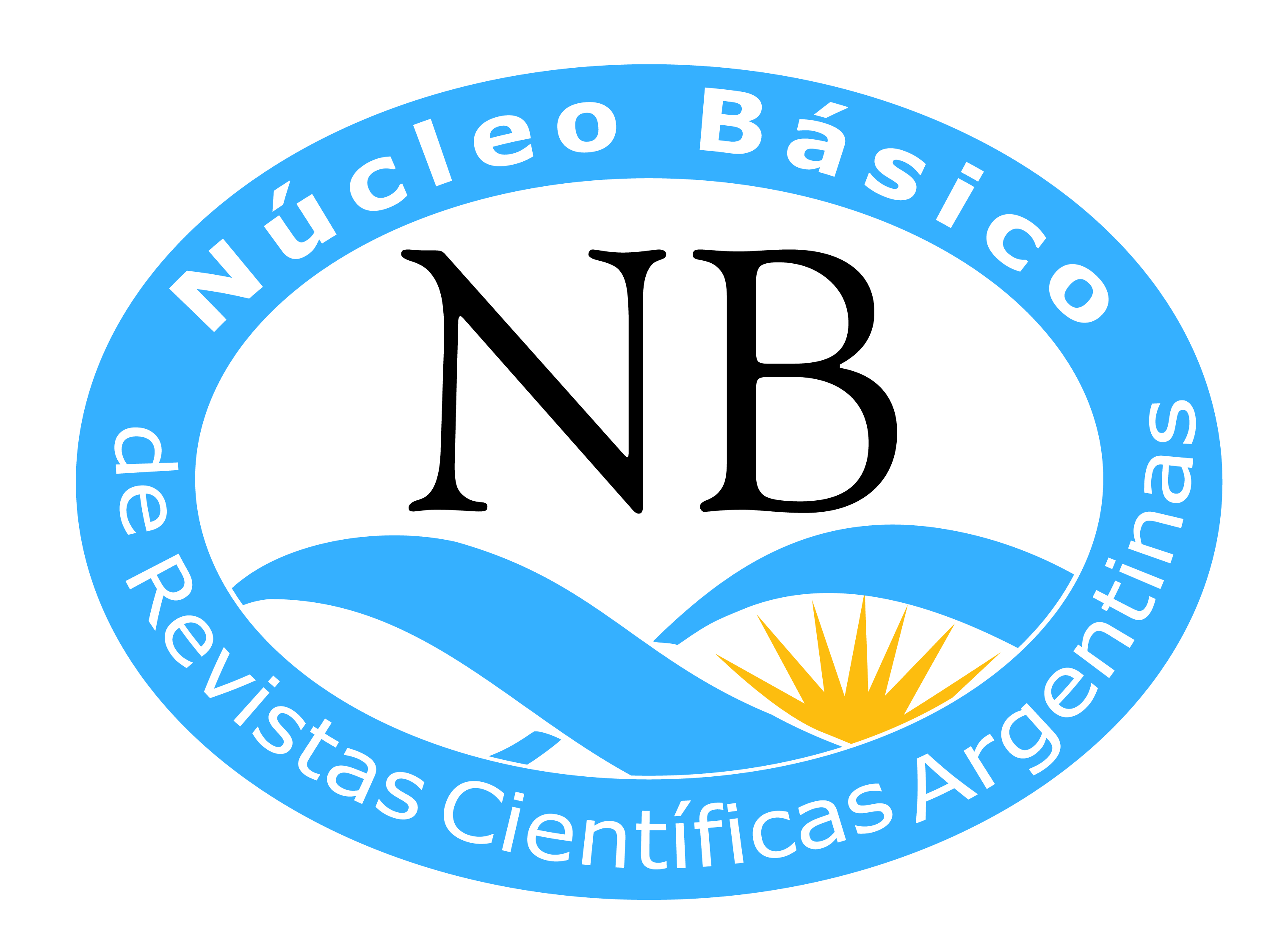Cambios en la significación política del concepto de autonomía en Chile: una mirada histórica
DOI:
https://doi.org/10.61203/2347-0658.v7.n1.20112Keywords:
Autonomía, Universidad, ReformaAbstract
El concepto de autonomía universitaria se encuentra fuertemente ligado a las demandas del movimiento estudiantil. En Chile, su origen se remonta a la Reforma de Córdoba y se ha asociado a los procesos de transformación social experimentados durante la década del 60 e inicios del 70. El artículo busca analizar el concepto de autonomía en tres momentos sociales y políticos: el periodo de reforma, la dictadura y el Chile postdictatorial. A partir de este análisis, es posible evidenciar los cambios y nuevos significados que le han entregado los actores sociales y políticos. También se observa cómo la autonomía pasó de ser un concepto construido por el movimiento estudiantil, a un concepto apropiado por las elites en el marco de la tensión neoliberalismo y regulación.
Downloads
References
Barrera, M. (1968). Trayectoria del Movimiento de Reforma Universitaria en Chile, Journal of Inter-American Studies, 4(10), 617-636.
Correa, J. (2017). Autonomía de las instituciones de educación superior en el proyecto de ley de educación superior. Una mirada desde la perspectiva de los criterios de la comunidad europea. Debates de Política Pública, 20. Santiago: Centro de Estudios Públicos.
Donoso, S. (1988). Universidades Chilenas: 20 Años de Discontinuidades (1968-1988). En J. L. Gómez-Martínez, F. Pineda, M. A. Illanes et al. (Edit.), Los ensayistas. Chile: 1968-1988. Georgia: University of Georgia.
Droguett, N. (2012). Política de Educación Superior y Movimiento Estudiantil: Los límites y oportunidades de la democracia chilena (tesis de maestría), Distrito Federal: FLACSO-México.
Enders, J., de Boer, H. & Weyer, E. (2012). Regulatory autonomy and performance: the reform of higher education re-visited Higher Education. Special Issue: Transforming Universities in Europe, 1(65), 5-23.
Gómez, G. (1979). La Autonomía Universitaria en Chile. Distrito Federal: Casa de Chile. Serie Cuadernos Casa de Chile 23.
Hellman, J. (1992). The Study of New Social Movements in Latin America and the question of Autonomy. En A. Escobar & S. Alvarez (Edit.), The Making of Social Movements in Latin America: Identity, Strategy, and Democracy (52-61). Boulder: Westview Press,
Levy, D. & Serrano, S. (1988). Higher Education in Chile: Transformations in the role of the state and the marketplace. En J. L. Gómez-Martínez, F. Pineda, M. A. Illanes et al. (Edit.), Los ensayistas. Chile: 1968-1988, Georgia: University of Georgia.
Mayol, A. (2011). La Transición Social a la Democracia. Revista Anales, 2, 37-54.
Meller, P. y Meller, A. (2007). Los Dilemas de la Educación Superior: el caso de la Universidad de Chile. Santiago: Taurus.
Ornelas, J. (2008). Reflexiones en torno a la autonomía universitari. En E. Sader, P. Gentili, y H. Aboites (Comps.), La reforma universitaria: desafíos y perspectivas noventa años después. Buenos Aires: CLACSO.
Oxhorn, P. (2011). Sustaining Civil Society: Economic Change, Democracy and the Social Construction of Citizenship in Latin America. University Park: The Pennsylvania State University Press.
Oyarzún, P. (2011). Las humanidades, lo público y la Universidad. En J. J. Brunner y C. Peña (Edit.), El conflicto de las universidades: entre lo público y lo privado, Santiago: Ediciones Diego Portales.
Ruiz Schneider, C. (2005). Educación, Universidad y Democracia en Chile, Revista de Sociología, 19, 87-100.
Vaccarezza, L. (2006). Autonomía universitaria, reformas y transformación social. En H. Vessuri (Comp.), Universidad e investigación científica, Buenos Aires: CLACSO.
Downloads
Published
Issue
Section
License
Authors who have publications with this journal accept the following terms:
a. Authors shall retain their copyright and guarantee the journal the right of first publication of their work, which shall simultaneously be subject to the Creative Commons License of Recognition which allows third parties to share the work as long as its author is indicated and its first publication is this journal.
b. Authors may adopt other non-exclusive licensing agreements for the distribution of the published version of the work (e.g., depositing it in an institutional telematic archive or publishing it in a monographic volume) provided that the initial publication in this journal is indicated.
c. Authors are allowed and encouraged to disseminate their work via the Internet (e.g. in institutional telematic archives or on their website) after publication of the article, which may lead to interesting exchanges and increased citations of the published work. (See The Effect of Open Access).



